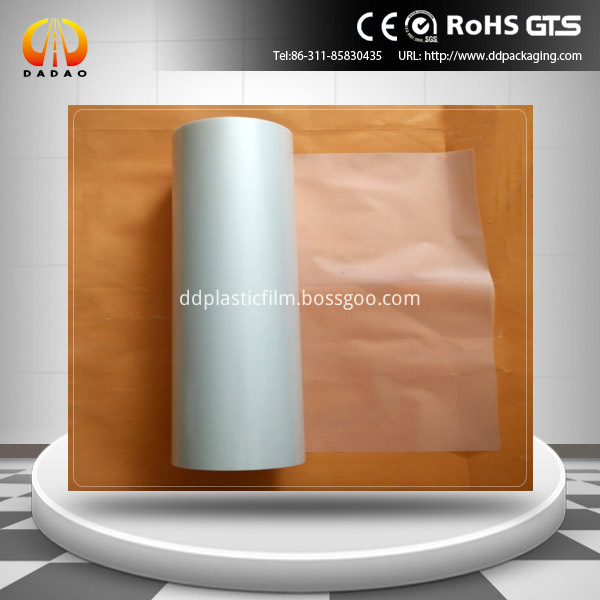On May 25, the reporter learned from the Shanghai Institute of Applied Physics, the Chinese Academy of Sciences that Chinese scientists have made new progress in the study of the biological effects of graphene, an emerging nanomaterial, especially respiratory toxicity. Related results have recently been published in "Natural-Asian Materials "Published on.
Under the guidance of researchers Huang Qing and Fan Chunhai of the Institute of Physical Biology, Dr. Li Bo et al. Studied the distribution and biological effects of graphene oxide through the tracheal instillation into the respiratory tract of mice, and found this nanomaterial It can quickly accumulate and stagnate in the lungs of mice for weeks to months. Physiological and biochemical analysis showed that graphene oxide significantly induced acute lung injury in mice, causing typical pulmonary edema. However, this effect can be largely reversed by anti-inflammatory drugs such as dexamethasone, which shows that the biological safety of nanomaterials may be effectively intervened by humans.
The researchers traced in vivo through radioactive I125 labeled graphene oxide and found that when I125 is attached to the surface of graphene, its distribution in the body is very different from that of free I125. Several local radioactive "hot spots" were formed. Obviously, nanomaterials may significantly change the distribution of radioactive substances in the organism, resulting in a large local radiation effect.
The biological effect of low-dose radiation has always been a concern of the scientific community and society, but its harmfulness to the human body has been debated for a long time. An important example is the trace radioactive Po210 in tobacco causes lung cancer. As early as the 1960s, researchers discovered that cigarettes can enrich the isotope Po210 from soil and fertilizer, and form local radioactive "hot spots" in the lungs, which may cause irreversible damage to the lungs and lead to lung cancer.
Experts said that because carbon-derived nanoparticles are one of the main components of environmental particulate matter (such as PM 2.5), when radiating substances enter the atmosphere (such as the Fukushima event), it is possible to spread to far places through the atmosphere, And enter the human body and cause more severe harm than simple pollutants. Because this potential hazard exists in the form of local "hot spots", it is often difficult to correctly evaluate through routine evaluation of radiation dose testing, so its negative effects are worthy of attention and continuous research.
PET Thermal Lamination Film/Pet Laminating Film is mainly made with PET base film + EVA glue.
we use extrusion coating process to combine this two layers.
in the final film one side has properties of PET film and the other side becomes heat sensitive surface
used for dry lamination.
Thermal Lamination Film with one side EVA coated on BOPET film. The film is designed to provide exceptionally
good gloss,clarity and fiber tear in printed board by thermal lamination process
Application:
Displays,Roll-ups,Posters,Maps,Encapsulation of photos,ID cards,board markes sheets and table coaster.

Thermal Lamination Film,Glossy Thermal Film,Lamination Pouch Film,Pet Laminating Film
Shijiazhuang dadao Packaging materials Co , https://www.ddplasticfilm.com